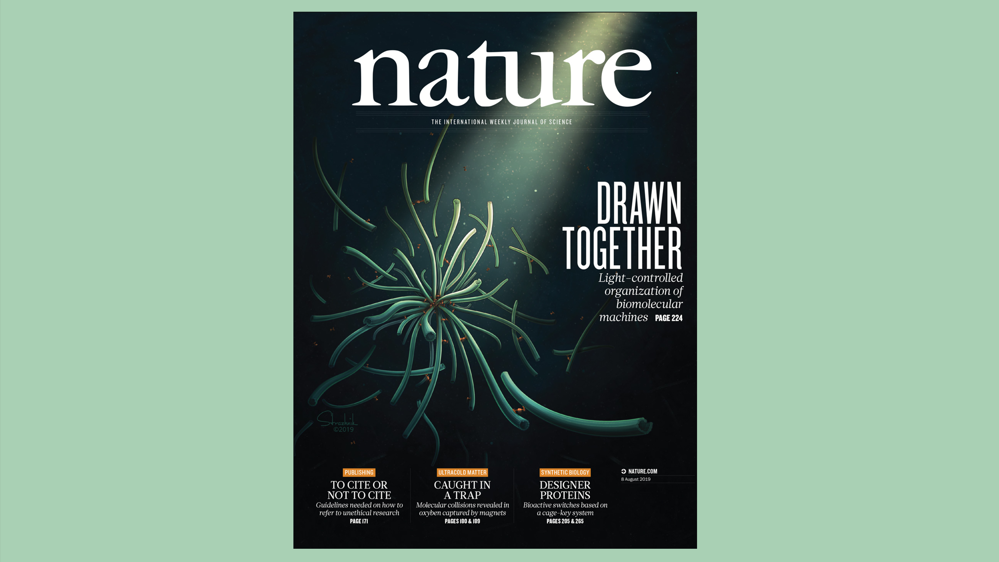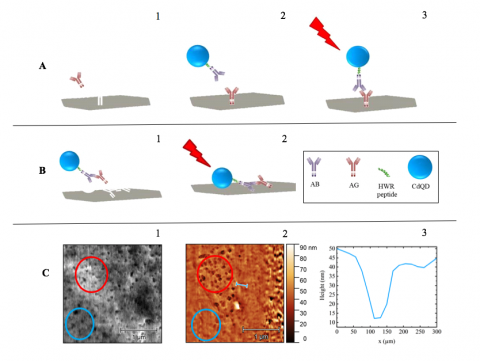New article published in Nature: International Journal of Science

Our new scientific article published in prestigious Nature: International Journal of Science is called: CdS quantum dots-based immunoassay combined with particle imprinted polymer technology and laser ablation ICP-MS as a versatile tool for protein detection.
Publication
|
03. 09. 2019
|
by Markéta Eliášová
Material Science
Related posts

Event
|
05. 11. 2025
|
by Sabina Žilková
NenoVision has won the Czech Head 2025 award!
Nanostructures
Semiconductors
Product
Technology

Event
|
09. 10. 2025
|
by Jana Levá
ISTFA 2025
Semiconductors
Product
Technology

Event
|
27. 08. 2025
|
by Jana Levá
Workshop at Arizona State University
Semiconductors
Product
Technology

Event
|
26. 08. 2025
|
by Jana Levá
Fall 2025 with NenoVision
Semiconductors
Product

Event
|
23. 07. 2025
|
by Jana Levá
IKTS Workshop
Product
Technology

